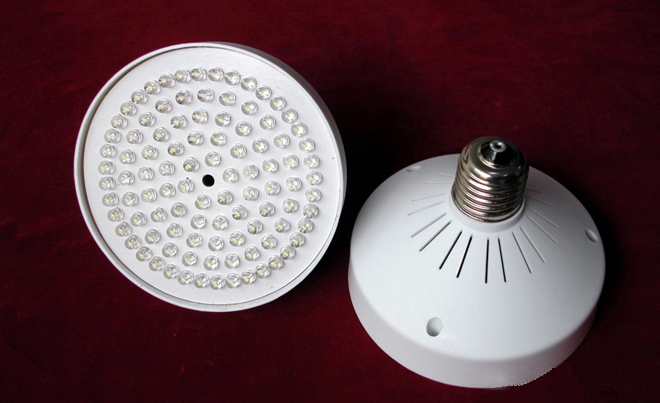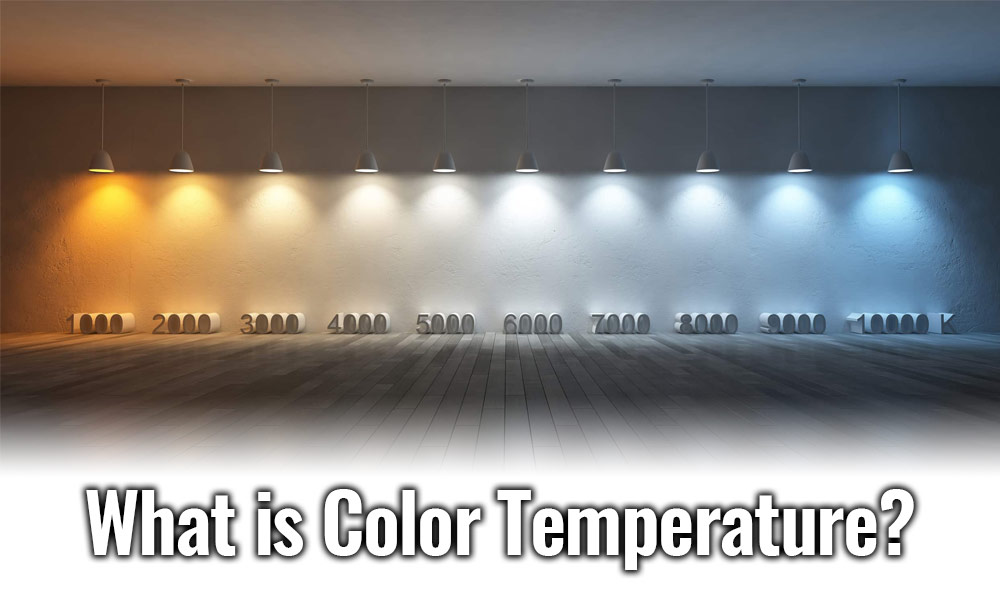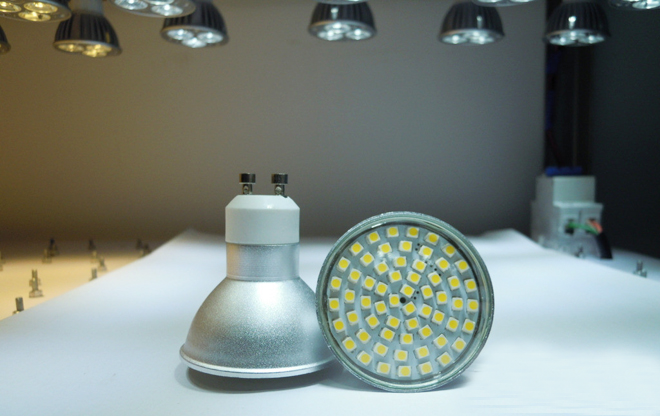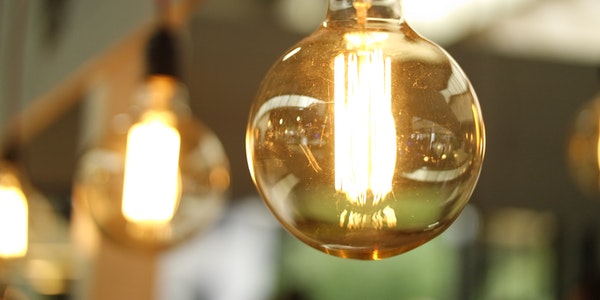The prosperity of LED has not only enriched the product market, giving consumers more choices, but also caused great troubles to consumers. Think about it: There are hundreds of brands, large and small, plus at least 10 models for each brand, which definitely makes laymen look dizzy and dazzled. How to “get rid of the dross and get the essence” from the dazzling, dazzling led jungle, this is a technical job.
Choose from the appearance
- Look at the exterior packaging. Internationally, it is generally mandatory for LED lighting manufacturers to mark the following content on the product packaging: rated voltage, voltage range, rated power, and rated frequency. Generally speaking, the trademark printing quality of high-quality products is good, the logo is clear and identifiable, and the manufacturer’s trademark, address, contact information (note that it is not the one that only leaves a mobile phone number), after-sales information and related certification marks.
- To see if there is a safety certification, China, the United States and the European Union currently have mandatory international “Safety Requirements for Self-ballasted LED Lamps Above 50V for General Lighting” (IEC24906-2010). Check the package for any indication. It is better if there is CE certification, American UL or ETL product certification. In short, the more certifications the bulbs have, the more guaranteed.
- Unpack the package, before you see the LED, see if the LED is protected by corrugated paper, and whether there is a fixed bracket to fix the LED. This is not to say how fragile the LED needs to be carefully protected, but it can be seen that the manufacturer’s intentions for the product , Responsibility.
- After seeing the LED bulb, you should check whether there are cracks or looseness on the appearance of the lampshade, whether the various interfaces are tight, and whether there are signs of prying repair.
- There should be no looseness or tilting between the lamp cap and the radiator.
- If you can, unscrew the lampshade, you can see how the led is welded to the external circuit. Of course, you must choose a product that is fully welded, shiny, and has no false welding.

Choose from the purpose of use
At present, most LED manufacturers provide LEDs with two color temperatures. The unit of color temperature is Kelvin (K). The color temperature of red light source is between 800K and 900K, the color temperature of yellow-white light source is about 3,000K, and the color temperature of white light source is about 5500K, light blue. The color temperature of the color light source is between 8,000K and 12,000K. The color temperature of the light source is selected according to personal preference. For example, if someone likes warm-toned lamps, he can choose lamps with a color temperature of around 3,000K.
- Warm white-use a milky white lampshade to weaken more light, make the light look softer and more comfortable, generally used as a decorative atmosphere-warm white and natural white temperature will give people a kind of warmth , Warm feeling, suitable for use in hotels, hotels and bedrooms. Not only for decoration, but also when lighting closer to the eyes is needed, warm white is a better solution than white.
- Neutral white (white light)-translucent lampshade, as far as possible to let the light emitted by the diode penetrate to the outside, many lampshades have more than 95% light transmittance, making it more suitable for lighting displays. It gives people a cool and refreshing feeling. It is used for office and living room lighting.

Select from the power
At present, the power of a single LED lamp bead is mainly distributed in 5 specifications of 3w, 5w, 7w, 9w, and 11w. This is converted according to the user’s lighting needs (equivalent to incandescent lamps).
Those who are curious will probably ask for the first time: Why is there no more power LED?
There are three main reasons for this:
- In terms of equivalent power, a single 11w has surpassed the lighting brightness of an incandescent lamp above 100w. If there is still not enough, it is generally necessary to deploy multiple LED lights to provide lighting.
- In terms of implementation, the current improvement of LED brightness (increasing power) is simply the superposition of LED chips. Higher power requires more space to place more LED patches, which requires more complex and The powerful conversion circuit provides a more powerful power supply, which is not conducive to compact control.
- The scope of application is not wide. Higher-power LEDs may only be used by a small part of the special population, and manufacturers are not willing to do independent research and development if they are not in the most expansive forest at home.
Note:
If a brand new room is set up, you can refer to this plan:
Below 3 square meters-1 3w2 and 2w bulb
3-5 square meters-1 5w 2 3w or 3 and 2w bulbs
5-10 square meters-2 4w or 2 5w or 3 3w or 4 2w bulbs
15-20 square meters-6 4w or 4 5w or 6 3w bulbs
20-30 square meters-8 4w or 6 5w or 9 3w bulbs
30-40 square meters-10 4w or 8 5w or 13 3w bulbs
If incandescent lamps are being used at home, directly upgrade to the LED equivalent solution:
Incandescent lamp below 30w=》3w led
30w-50w incandescent lamp=》5w led
50w—70w incandescent lamp=》7w led
70w-90w incandescent lamp=》9w led
Incandescent lamp above 90w=》11w led
If you are using energy-saving lamps at home, directly upgrade to the LED equivalent solution:
Energy-saving lamps under 10w=》3w led
11w-20w energy-saving lamp=》5w led
20w-30w energy-saving lamp=》7w led
30w-40w energy-saving lamp=》9w led
Energy-saving lamps above 40w=》11w led

Choose from price
It is completely different from the traditional lighting lamp price system that the larger the LED wattage, the more LED cores, the more powerful conversion circuit, and the larger heat dissipation equipment. Therefore, the more expensive the price will be, there is an obvious proportional relationship between them.
The most commonly used one is incandescent lamps within 30w. Below, I will use the price of waiting-bright 3w leds as a representative description. Other specifications can be deduced by analogy.
Price confusion is the easiest evidence to illustrate the confusion in this industry. From e-commerce LED lights with a unit price of $1.50 and free shipping-don’t be surprised, maybe lucky and there will be cheaper promotions-to the shopping malls are full of LED lights with a unit price of more than $15.00, and then to a hardware store. I haven’t heard of the small workshop led products also have a starting price of more than $2.00. In fact, the cheapest products of well-known brand companies are also more than $5.00. Can’t help but secretly lament that it’s not easy for consumers.
A large number of unknown brand products flooded the market, as if returning to the original era of color TV, mp3, MTK platform mobile phones sold by the catty overnight. This is mainly because the entry barrier for the production of LEDs is not high, and all parts and accessories can be purchased on the market. Therefore, companies in the traditional lighting industry and the electronics industry are entering the LED lighting industry, causing the industry to develop unbalanced and structured Due to overcapacity.
In fact, the cost of LED research and development is easy to calculate-most domestic brands are just LED assemblers. The core is the design of common model solutions, and various parts are put together. The so-called independent research and development is probably the shape of the lampshade. , Modeling and packaging styles, advertising and marketing research and development.
- Under normal circumstances, or not familiar with LEDs, I suggest not to miss the products of the $1.50 free shipping series. This kind of low-profit products of manufacturers, although they do not understand the manufacturer’s marketing strategy-it may be to clear inventory and take cash, but “the sparrow is small, but it has all the internal organs”, it has everything that should be something, and it doesn’t have anything that shouldn’t be. exist. These low-end products can still be found in the core components according to the parameters described below.
- If you have a certain understanding of LEDs, it is recommended to choose some well-known brands of LEDs, the price is about $3.00~$5.00. The performance parameters of this brand at the same price will not differ too much, and the quality will not differ too far. Which led to choose is entirely the favorite of the personal brand, and the personal shape is favorite.
- For high-end people and high-end venues, only choose the expensive ones, not the right ones. In most cases, you will not make a big mistake and are not bound by the scope of this article.





